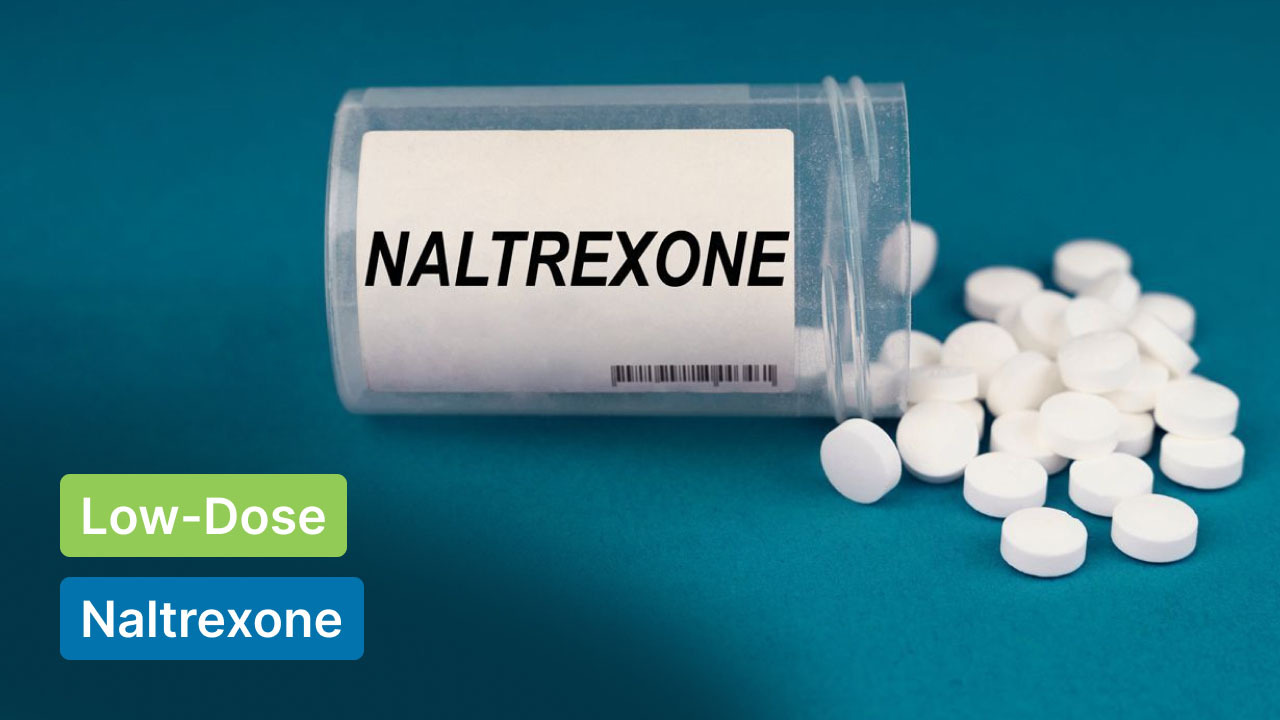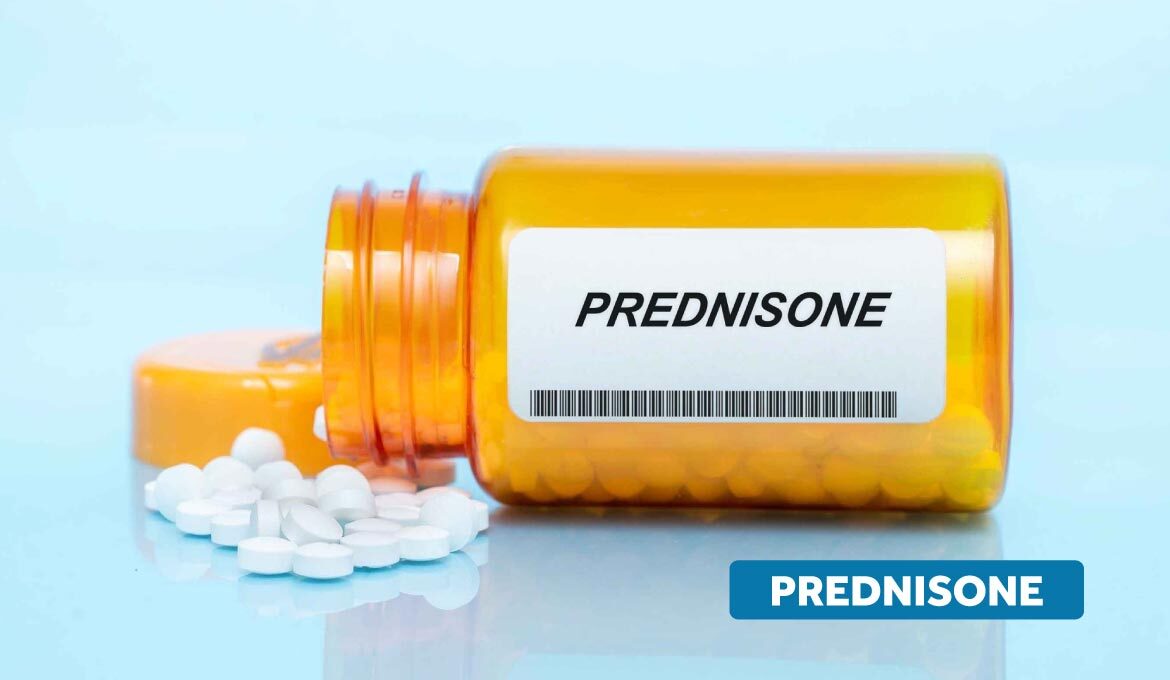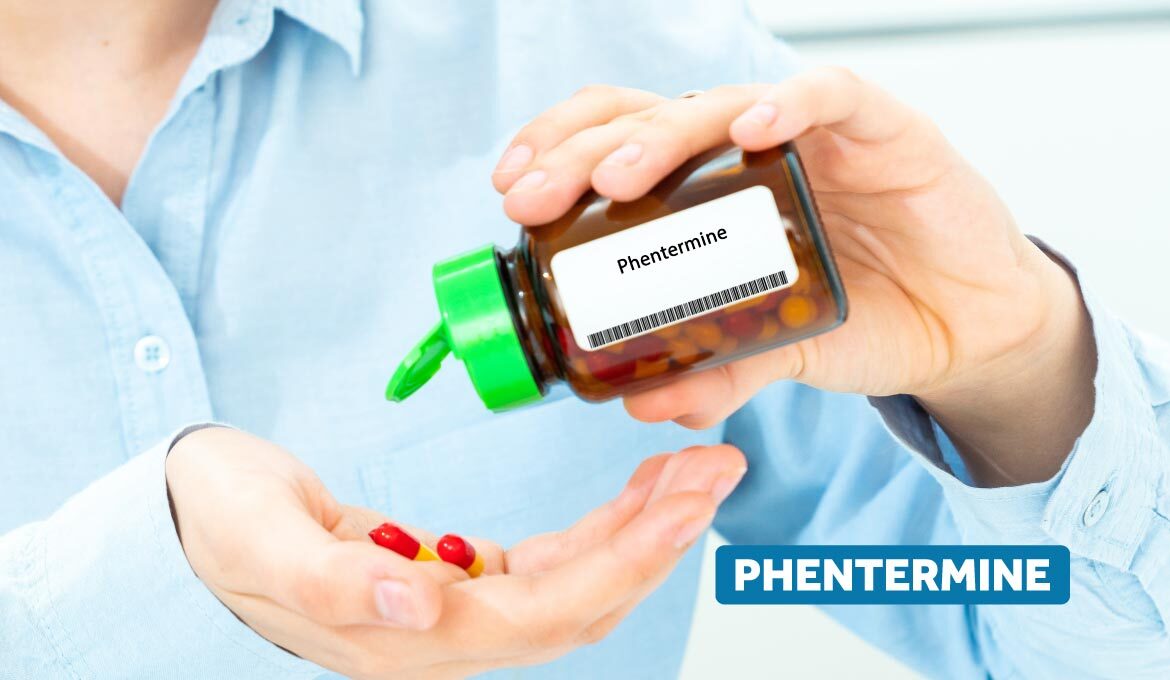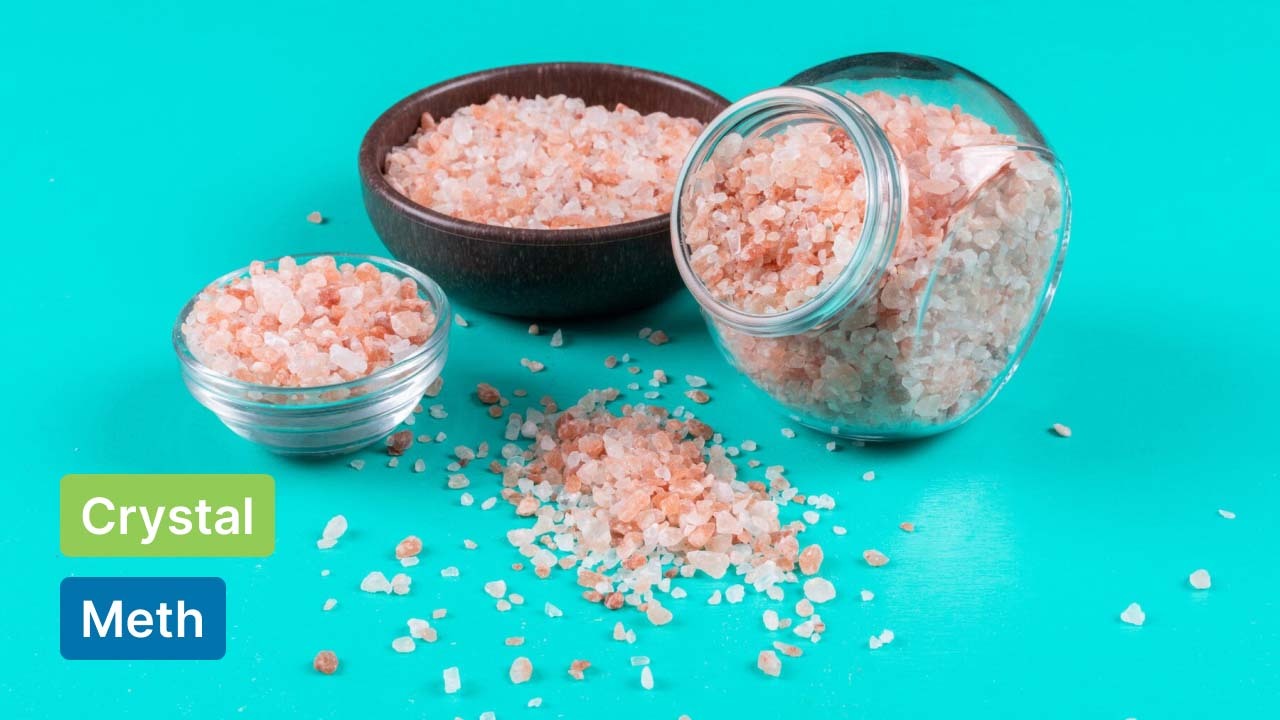
Naltrexone has emerged as an affordable and powerful medicine for treating addictions such as opioid use disorder and alcohol use disorders. This means it is used in narcotics-dependents who have stopped taking narcotics to stay drug-free and alcoholics to stay alcohol-free.
Even top medical facilities, including the Mayo Clinic and Cleveland Clinic, have been using it at a specific dosage to treat certain chronic conditions such as fibromyalgia, Crohn's disease, autoimmunity, and others.
But presently, health specialists have discovered a new use for the drug at a much lower dosage, named LDN. Low-dose Naltrexone has been proven to work in many cases.
However, people should be mindful of what to avoid when taking Low-dose Naltrexone and potential interactions that may compromise its effectiveness.
This article shall take a look at what to avoid when taking low-dose Naltrexone and also provide a basic overview of LDN and its side effects.
What is Low-Dose Naltrexone?
Naltrexone, also known as Vivitrol, which was first approved at higher doses to treat opioid addiction, is currently recommended in much lower doses for off-label applications such as autoimmune disorders, chronic pain, and inflammatory ailments.
Low-dose naltrexone (LDN) means naltrexone doses between 1 and 5 milligrams.
Low-dose Naltrexone is not addictive and does not cause withdrawal symptoms when you stop using it. This drug is available via prescription and is used in conjunction with many programs, such as counseling, behavioral techniques, and other treatment methods recommended by healthcare practitioners.
LDN treatment starts after you are no longer dependent on opioids. How long you take this medication depends on the narcotic you take, how long you take it, and the quantity.
It is important to talk to your doctor if you're still having withdrawal symptoms before you start taking low-dose Naltrexone.
Now, let's move on to how LDN actually works.
How does LDN work?
Low-dose Naltrexone (LDN) works as an opioid antagonist. It has been shown to alleviate chronic pain by temporarily binding and blocking a pain-related Mu receptor pathway.
This receptor blockage alerts our bodies that we are not creating enough endorphins (aka natural pain relievers) and causes them to be released.
Further, Naltrexone stops the euphoric and intoxicating effects of alcohol. This allows people with alcohol use disorder to the point where they are motivated to continue treatment, avoid relapses, and use these medicines.
How Should Low-Dose Naltrexone Be Taken?
Naltrexone generally comes in two forms:
- 50 mg oral tablet
- 380 mg IM injection.
As said before, LDN is typically prescribed at much lower doses than the standard Naltrexone used for opioid addiction. LDN is best absorbed when taken on an empty stomach. Opioid medications, immunosuppressants, and high doses of narcotic painkillers should be avoided.
Studies have found that giving patients doses less than the 50 mg dose was able to achieve pain relief. Doctors usually advise patients to take a 1.5 mg dose on an empty stomach at night and then wait for a response in 2-3 weeks.
Most patients using LDN off-label report 50% higher pain relief and better sleeping. Some patients end up responding well to doses as low as 0.1 mg for unknown reasons.
To know how to use Low-dose naltrexone, read the directions on the label carefully or ask your doctor to explain it properly. Remember to take Naltrexone exactly as prescribed. Never take more or less of it as per your own will.
Side Effects and Risks of LDN
Low-Dose Naltrexone (LDN) is generally considered safe when used as prescribed. But like any other drug, it has a low risk of side effects; most of them are mild and go away on their own.
- Bloating and Diarrhea (most common)
- Upset stomach
- Constipation
- Nausea and vomiting
- Anxiety and depression
- Headache
- Sleep disturbance or insomnia
- Loss of appetite
- Sexual impotency
- Nervousness and tiredness
Rare but serious risks:
- Liver function abnormalities
- Allergic reactions
- Frequent mood changes
If you notice anything unusual, like severe mood changes or allergic reactions often, call your doctor right away.
What To Avoid When Taking Low-Dose Naltrexone
Low-dose Naltrexone can be a highly effective drug for treating addictions. But make sure to know what to avoid when taking Low-dose Naltrexone.
Doctors advise avoiding the following while on LDN therapy to lower the risk of the above-mentioned side effects:
1. Opioid-based medication –
The first and most important thing to avoid when taking LDN is Opioid-based medications. Some of these medications could be heroin, morphine, codeine, oxycodone, hydrocodone, and other illegal opioids.
Note that if you are taking naltrexone treatment, you must be opioid-free for at least 7-10 days. This is because starting LDN while still on opioids may lead to withdrawal symptoms.
As a powerful opioid antagonist, LDN prevents these medicines from attaching to the receptors in your brain, which may trigger or intensify the symptoms of opioid withdrawal.
You may experience sweating, fever, nausea, muscle aches, and cramps, which come under withdrawal symptoms.
LDN typically takes many weeks to reach its peak benefits, so any setbacks can be extremely problematic. Try to avoid taking LDN with opioid pain medicines, cough suppressants containing opioids, or medications for opioid dependence.
2. Alcohol and local drugs –
In general, it is advised that you avoid drinking alcohol while taking LDN. Although the combination isn't believed to be dangerous on its own, doing so may make low-dose Naltrexone less effective.
Even though LDN inhibits the buzz of being drunk, it does not always decrease alcohol's other effects on your body. This might make it very challenging to determine how drunk you are. Because of this, it's easy to overindulge in alcohol and end up dangerously intoxicated without even realizing it.
Excessive alcohol consumption can strain your liver, and LDN is metabolized in the liver itself. Combining LDN with heavy alcohol intake may aggravate liver-related side effects.
As a result, it's advisable to limit alcohol usage and inform your healthcare practitioner about your drinking habits.
3. Certain Medications –
When you're on LDN treatment, taking medications might cause them to be less effective. Moreover, you may experience unwanted side effects like vomiting or nausea.
Besides, some medications might contain alcohol or opioids, so it's best to avoid them. Some of the drugs you should avoid include Oxycodone, Tramadol, or Opiate painkillers. Antidiarrheal medications and cough remedies like phenergan should also be avoided.
On a serious note, if you're taking medication for your diabetes, tell your doctor. This is because Naltrexone may increase the risk of low blood sugar (hypoglycemia). It must be treated before it leads you to unconsciousness.
Similarly, if you're taking immunosuppressive medications, like corticosteroids or methotrexate, let them know, too.
4. Herbal Supplements –
Many people believe that natural substances, such as herbal supplements, are safer and less prone to drug interactions, but that's not true in this case.
For example, Kratom, aka Mitragyna speciosa, is used as an alternative painkiller and treatment for opioid use disorder (OUD). This herbal supplement has been known to induce withdrawal symptoms as it contains substances that are similar to opioids.
Apart from Kratom, several other common herbs may interfere with the enzymes in your body that metabolize Naltrexone. They include St. John's wort, Echinacea etc.
So before taking Low-dose naltrexone, always let your doctor know if you're taking any supplements to lower the risk of interactions.
5. Abruptly stopping LDN –
If you have been taking Low-dose Naltrexone for a period of time, inform your doctor before deciding to stop taking the medication.
This is because suddenly stopping LDN may lead to withdrawal symptoms and harmful side effects. Hence, your doctor will advise you to gradually minimize your LDN dosage before stopping the medication altogether.
6. Recreational Drugs –
It is extremely dangerous to mix Naltrexone with recreational drugs, even at the very low doses used in a normal LDN treatment.
Hydrocodone, heroin, fentanyl, and other similar substances can cause an abrupt onset of opioid withdrawal, which can sometimes be serious enough to call for hospitalization.
Methadone and buprenorphine are two examples of drugs that can be used to treat drug addiction in a similar way.
7. Self-medication –
As we explained before, Low-dose naltrexone is a prescription medication and must be taken only if a qualified doctor prescribes it.
So, you need to avoid self-medicating with LDN as it can lead to adverse side effects and potential interactions with other drugs.
How long does LDN last?
The duration of action of Naltrexone is determined by its formulation:
- Naltrexone is typically given once a day and has a half-life of roughly 4 hours. This signifies that the medicine exits the body quickly.
- On the other hand, the extended-release injectable form of Naltrexone, known as Vivitrol, is given once a month and acts for a longer period of time; its half-life is around 5 to 10 days.
Important Note: Although the medication is eliminated from your body quickly, its effects on blocking opioid receptors may persist for a few weeks. As with any prescription, follow the dosing instructions provided by your doctor or physician.
Does low-dose Naltrexone cause weight loss?
Some people claim that low-dose Naltrexone promotes weight loss, as they are thought to suppress appetite and good cravings.
One popular medicine is Contrave, which contains 8 mg of Naltrexone and 90 mg of bupropion. Contrave is FDA-approved for weight loss in people who are obese or overweight.
So, LDN can certainly lead to weight loss, but only when taken appropriately and after discussing it with a doctor.
Additional Precautions and Warnings for LDN
Before taking LDN, make sure you consult with a healthcare practitioner to see if you are a good fit to take this drug. There are some major side effects you should be aware of, like liver damage. So, a doctor can advise you on whether you should bring your current health state with you.
Moreover, another serious side effect of Naltrexone is increased suicidal thoughts. If this happens to you, make sure to get help from a professional expert.
Bear in mind that LDN is only one part of your treatment for alcohol or drug addiction. You should still stick to a structured plan to go ahead.
Dietary factors can also influence the absorption of LDN. High-fat meals, in particular, may impact the medication's absorption rate.
To maintain consistent blood levels and enhance efficacy, taking LDN on an empty stomach or with a light meal is preferable.
Final Thoughts
To sum up, Low-dose Naltrexone is a promising treatment option for a variety of conditions. Naltrexone, in its standard dosage, is mostly prescribed to treat addiction by blocking the effects of opioids.
But it's not an overnight solution. It has also caught the attention of researchers as it might be helpful for other purposes, like relieving inflammation in health conditions like arthritis or even managing chronic pain.
LDN works by increasing the production of natural painkillers in your body and reducing inflammation, which may help relieve pain and improve the overall quality of your life.
But it's important to take certain precautions or know what to avoid when taking low-dose Naltrexone for best results. If you're interested in trying Low-dose naltrexone, speak to your doctor about its safety and precautions.
FAQs
1. Can You Take Naltrexone With Food?
Ans: Yes. You can take Naltrexone with or without food. This is usually recommended when your stomach gets upset after taking Naltrexone.
2. How long does it take for low-dose Naltrexone to work?
Ans: It may take around 8 to 10 weeks for low-dose Naltrexone to work. This is why doctors recommend taking the lowest dose at first.
3. What is the most common side effect of Naltrexone?
Ans: Naltrexone tablets may cause fatigue, insomnia, dizziness, and gastrointestinal issues like diarrhea or constipation.
4. What interferes with Naltrexone?
Ans: If you are taking Naltrexone, you should not use any other opioids or illicit drugs. Also, avoid consuming alcohol, sedatives, and tranquilizers. Inform your doctor if you're taking any medications currently while being treated with Naltrexone.
5. Why does Naltrexone have to be taken at night?
Ans: The manufacturer does not specify whether you should take Naltrexone in the morning or at night. It's better to take it as prescribed by your doctor. Many patients prefer to take it in the morning for maximum benefits.
6. Does low-dose Naltrexone cause weight loss?
Ans: Research has shown that low-dose Naltrexone may help curb your hunger and food cravings. So, consuming low-dose Naltrexone may aid in weight loss.
7. What if I miss a dose of Naltrexone?
Ans: If you ever miss a dose of LDN, it is advised that you take it as soon as possible. But, if it's almost time for your next dose, skip the missed dose and go ahead to the next routine.
Read Also:








